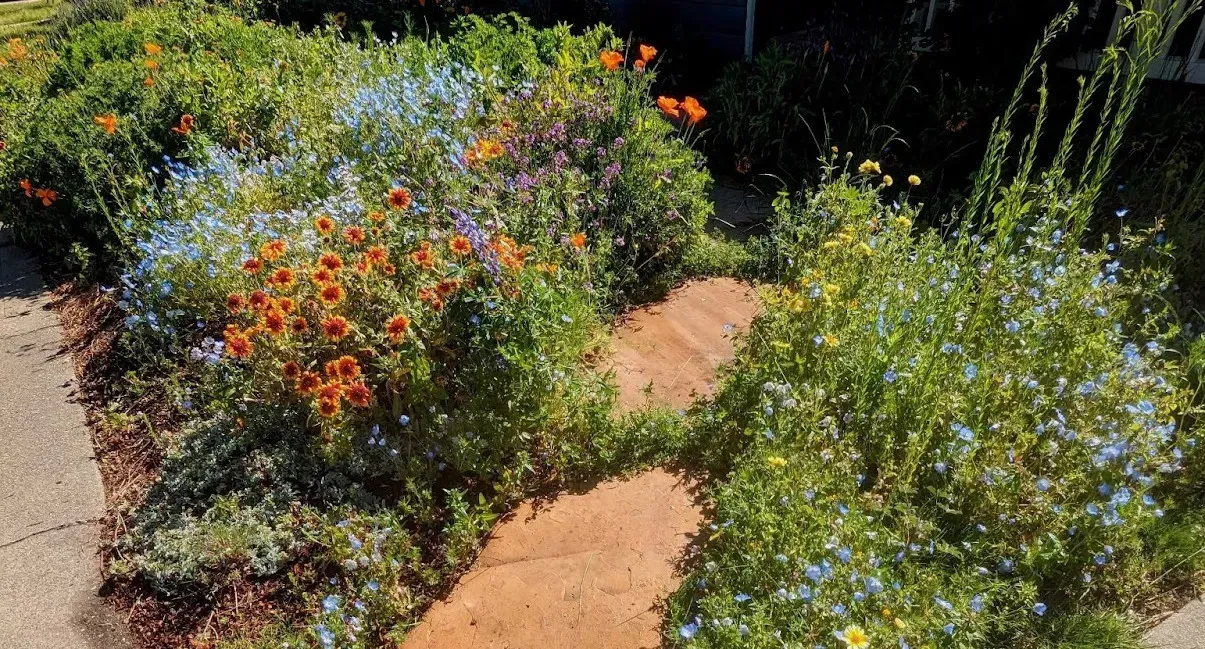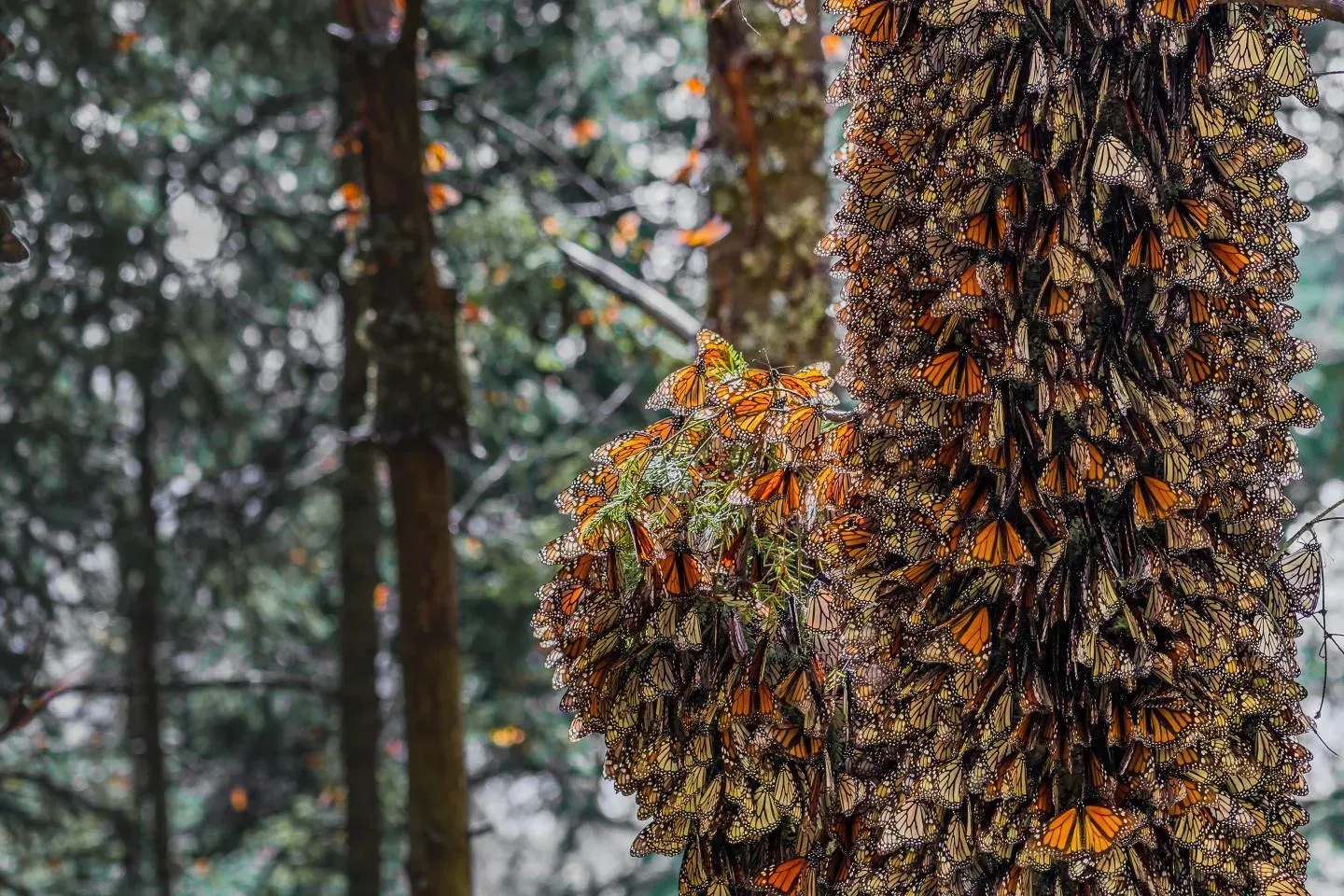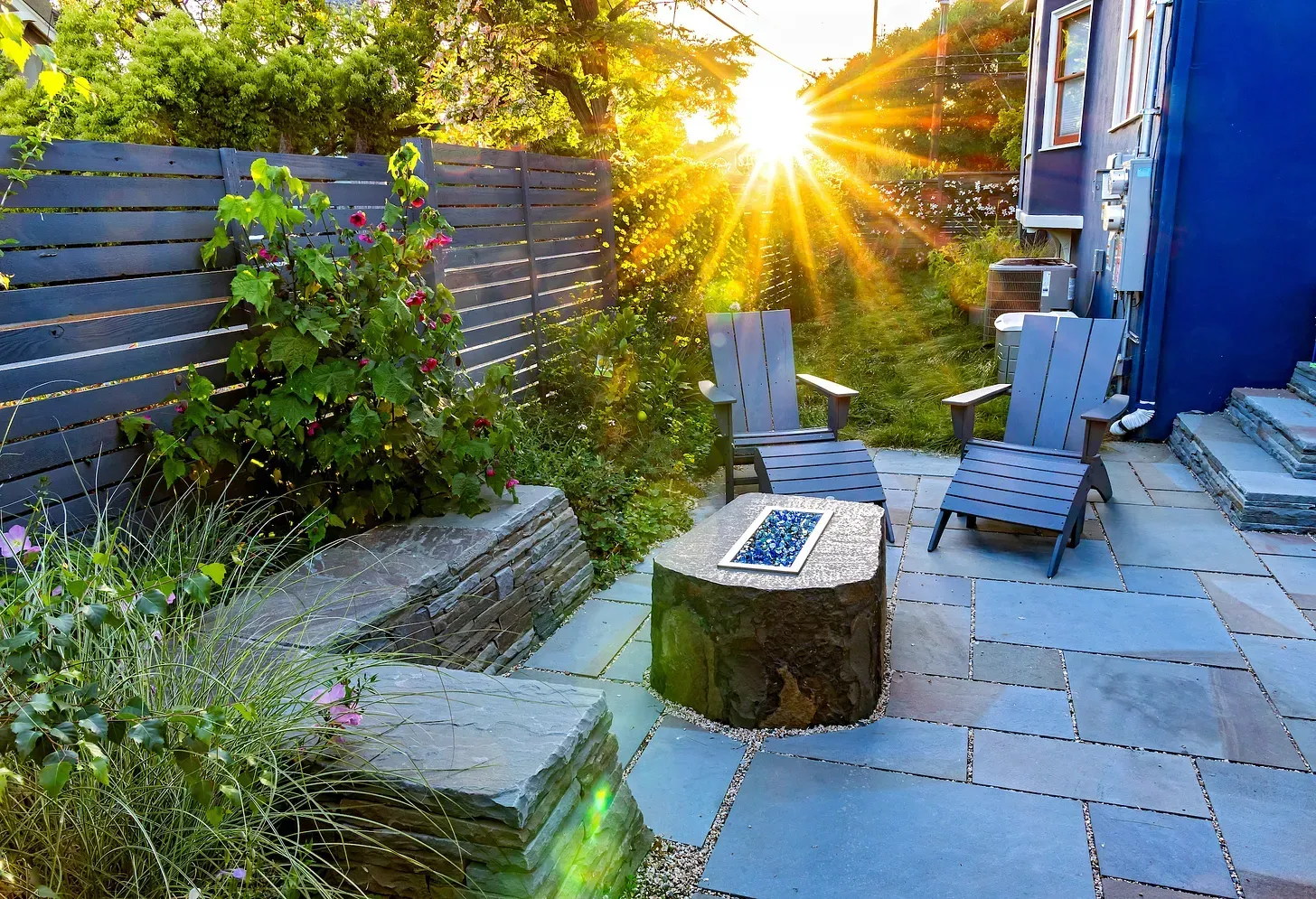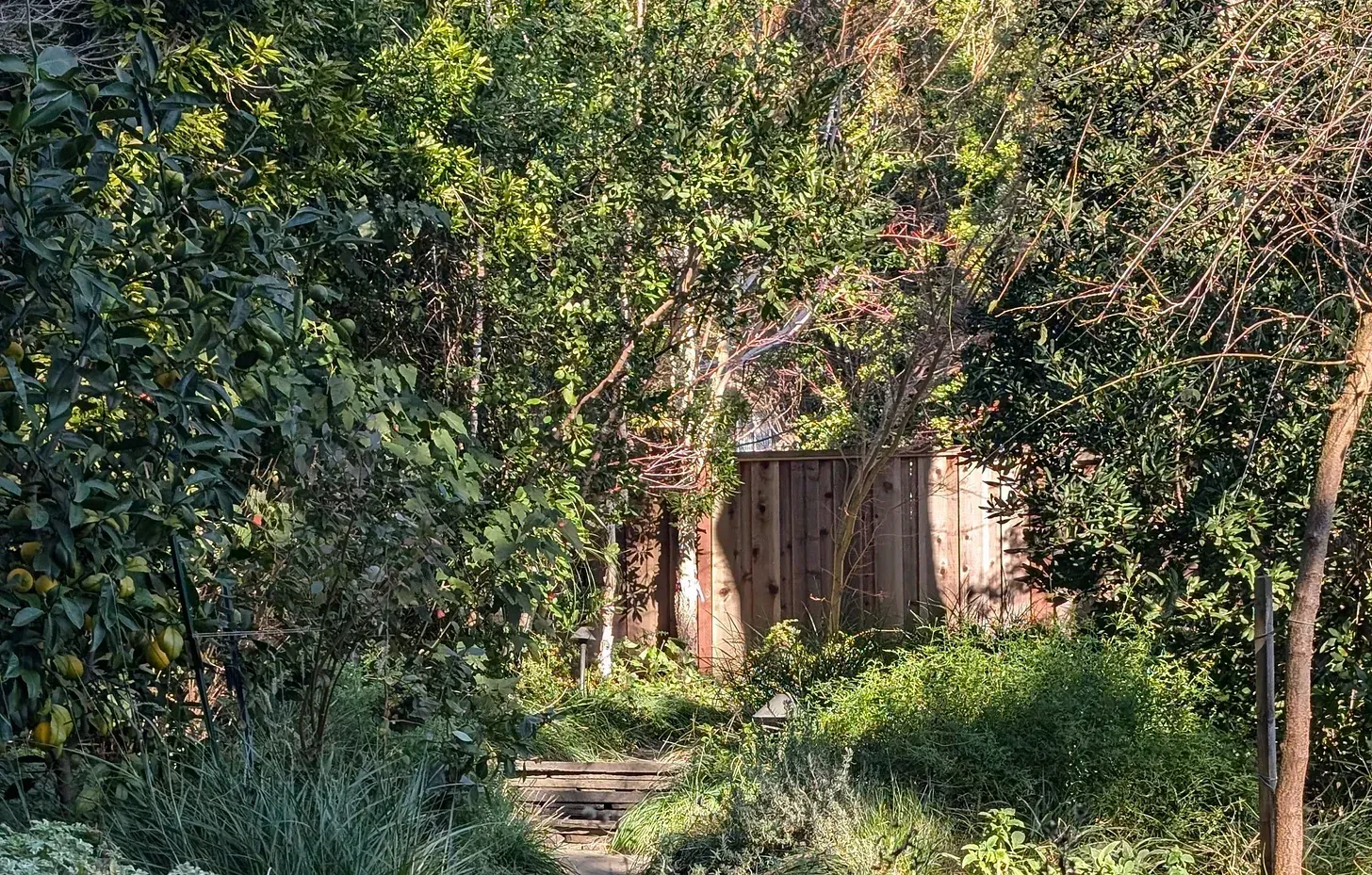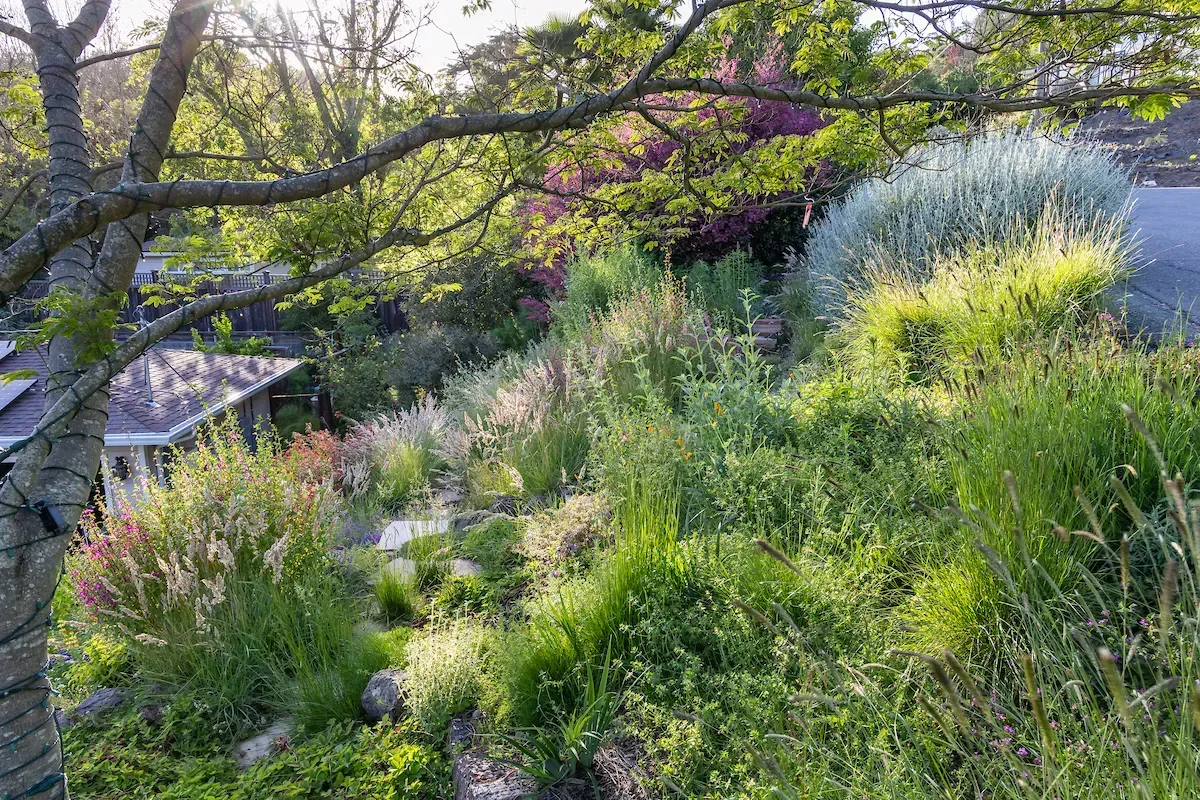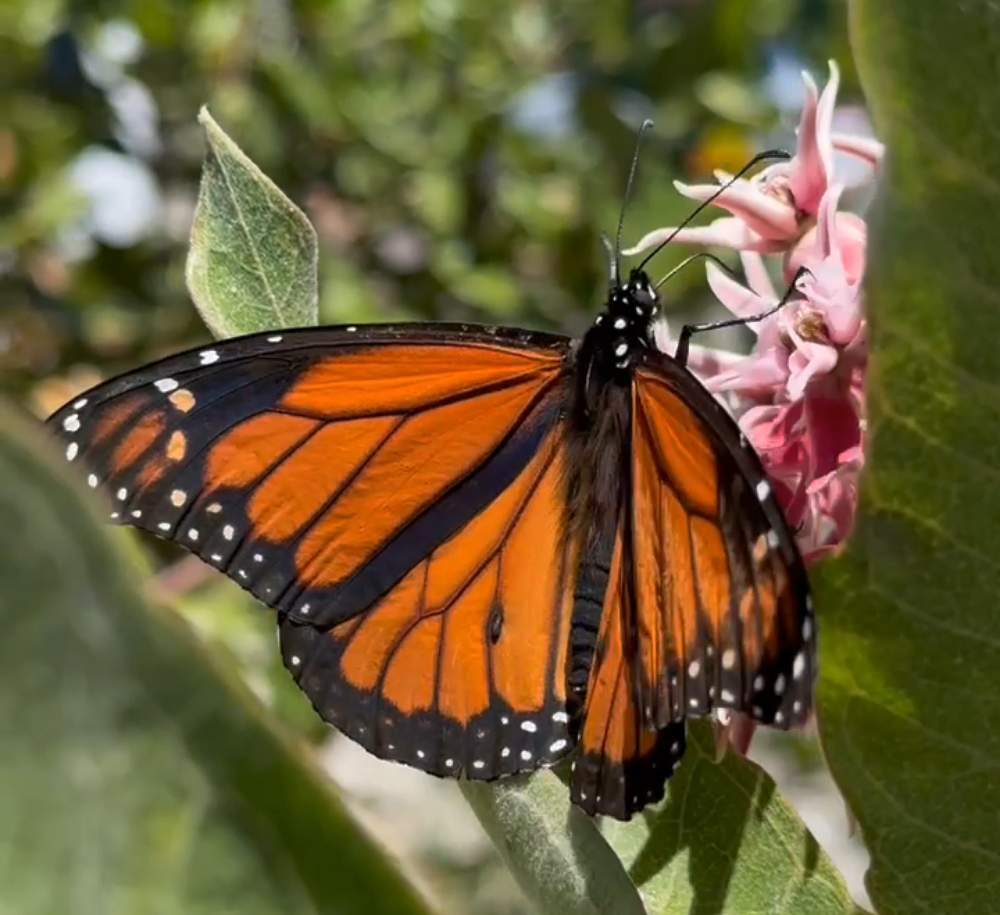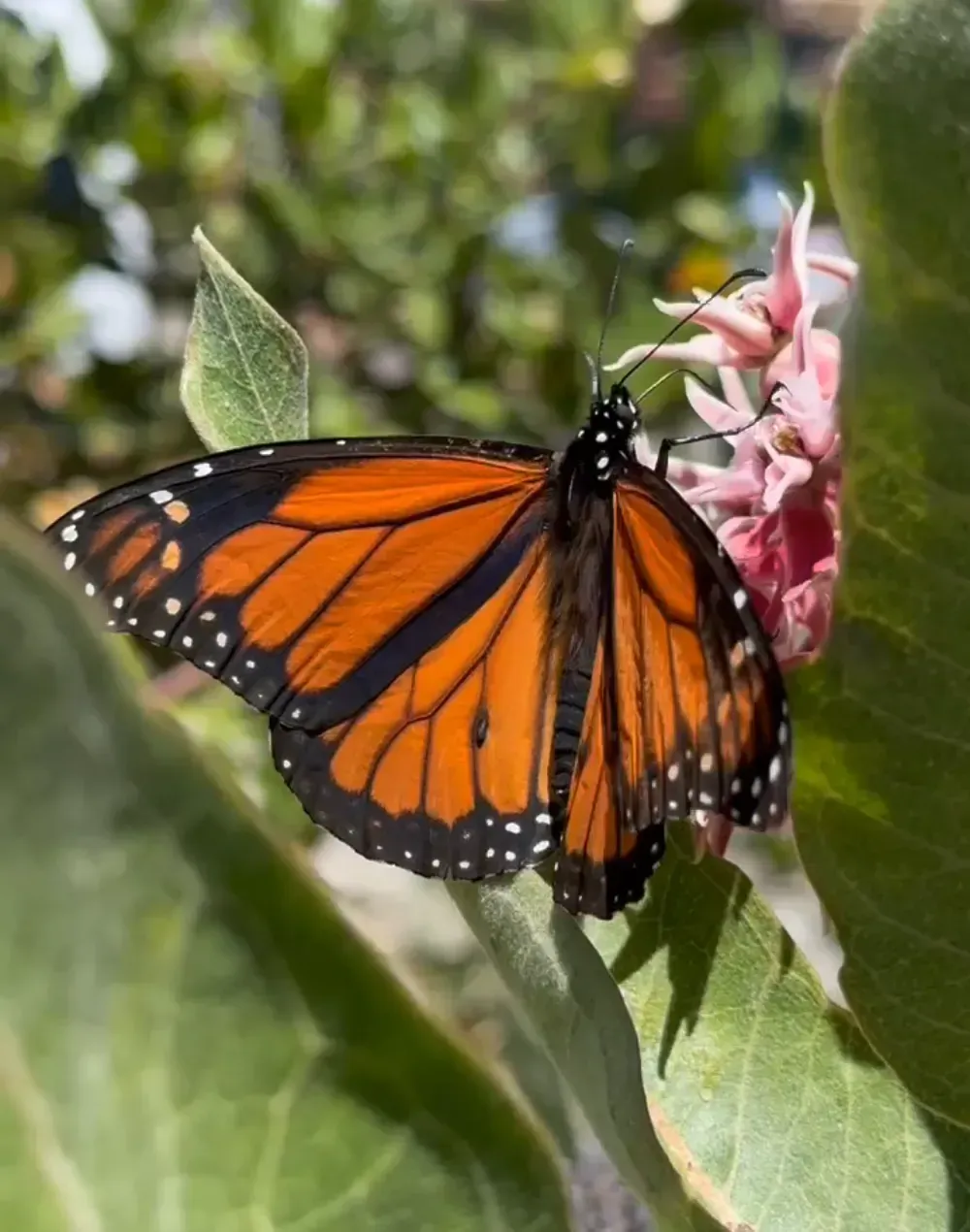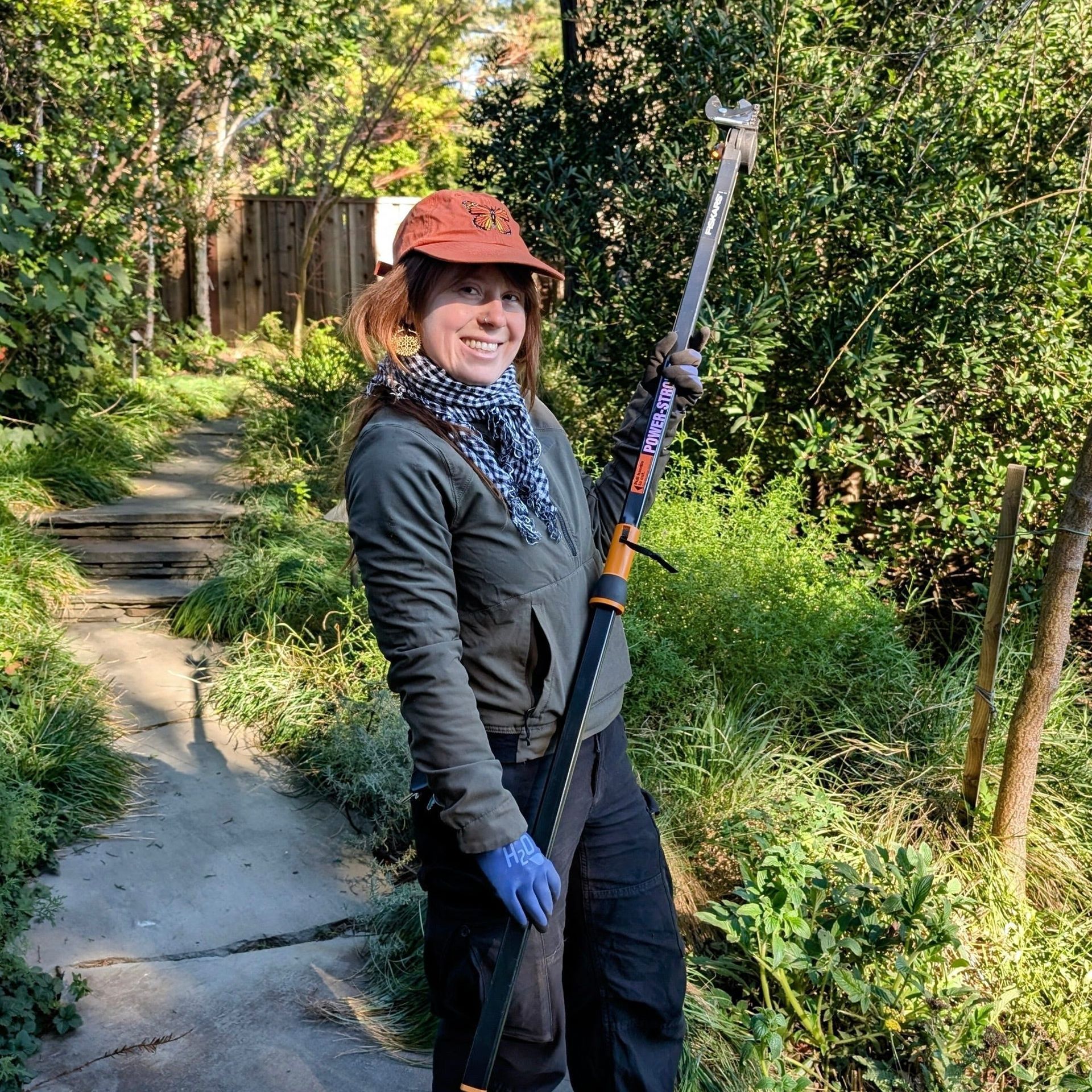Meadows!
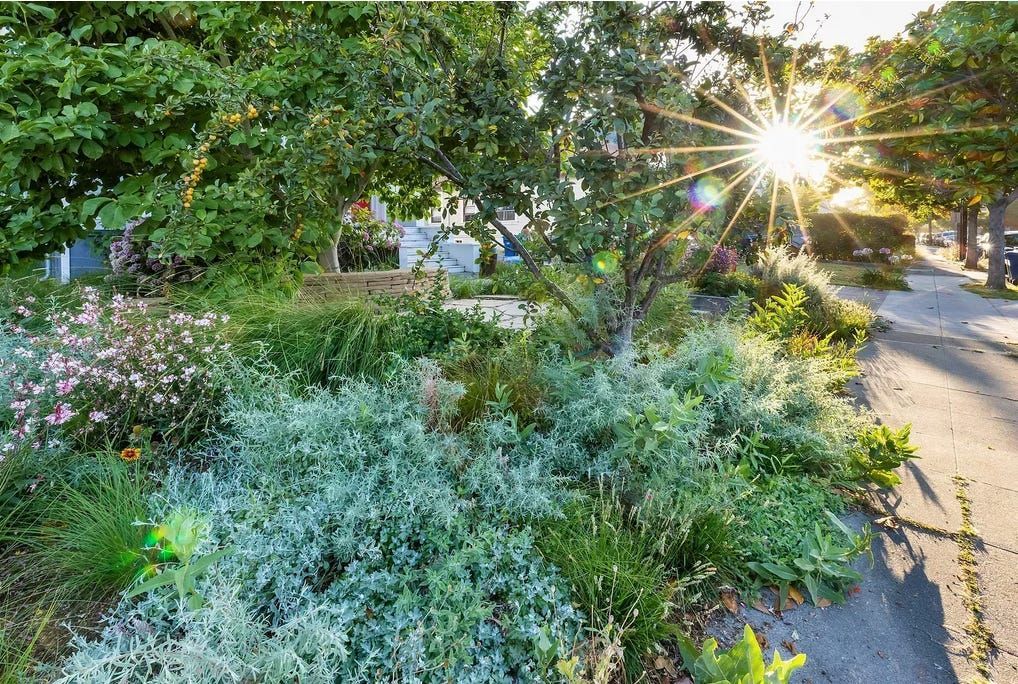
As summer unfolds, we find ourselves savoring the simple, joyful moments that our gardens bring. This season beautifully highlights our ongoing commitment to supporting urban wildlife habitats.
It’s such a joy to watch butterflies dance through the flowers, birds flit among the branches, and bees busily explore each blossom. Creating gardens that nurture life is one of the most rewarding parts of being a gardener.
The Beauty and Benefits of Meadows
One of the best ways to invite butterflies, and other pollinators, into your garden is by planting a meadow. Not only are meadows breathtakingly beautiful, but they also provide a vital habitat for a wide variety of wildlife.
A meadow’s open structure—filled with a mix of grasses, annuals, and perennials—creates a welcoming space for butterflies to find food and shelter. From marshy wetlands and mountain slopes to deserts and beyond, meadows are a part of natural landscapes all over the world. Perhaps that’s why we feel so connected to them. Lawns and open parks echo this connection, offering a familiar sense of peace and wellness that meadows inspire.
Whether nestled in a wild landscape or blooming in a city garden, meadows offer butterflies both food and shelter. The greater the diversity of flowers, especially those with long and overlapping bloom times, the more butterfly species your garden will attract and support.
STOP USING WEED CLOTH!
Before we do any planting in our gardens at Mariposa, the Install Team prepares the soil for success. There is a curious practice out there that we often encounter when we are beginning to prepare the soil for planting in a new garden. Weed cloth is regularly added to gardens with the misconception that it will reduce weed pressure. This false notion is promoted by the garden industry to sell a product that will alleviate one of the dreaded garden tasks—weeding. The short term downside of weed cloth is that it will only discourage weeds temporarily. If the garden is neglected, weeds will still persist. Over time, a garden that was prepared with weed cloth will get weeds, and the roots of those weeds will grow into the plastic “cloth” mesh, making them impossible to remove.
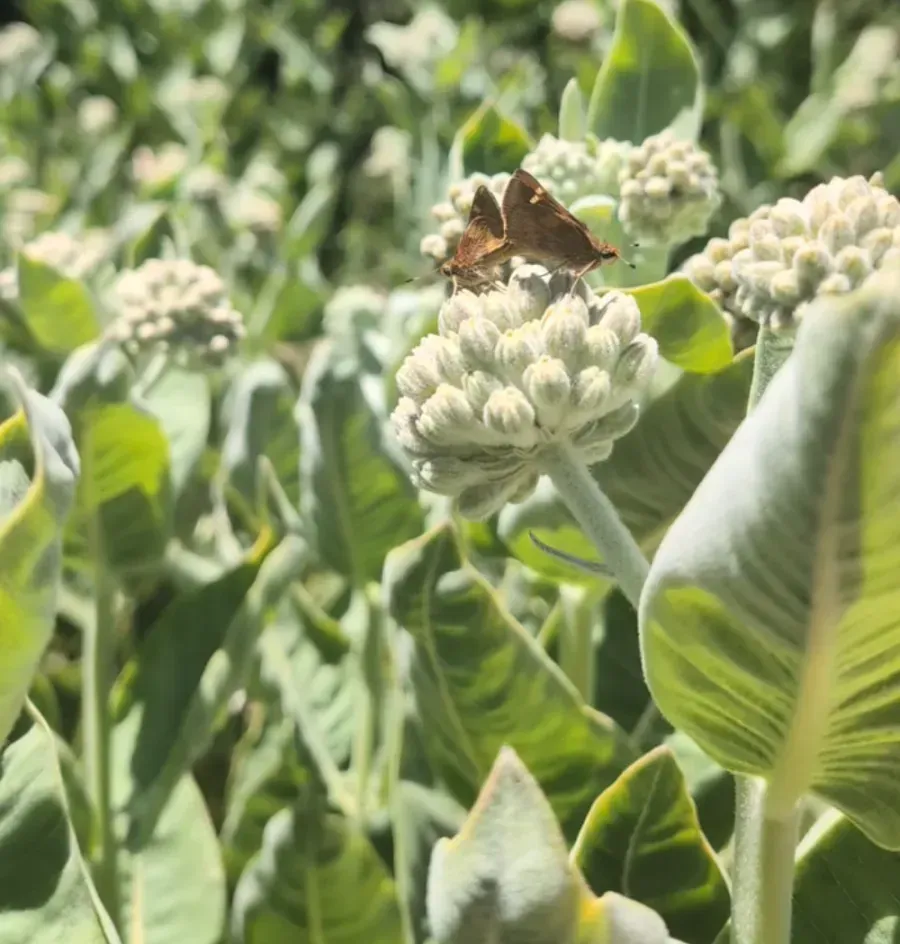
Creating Butterfly Meadows at Mariposa
When we design and build meadows at Mariposa, we focus first and foremost on attracting butterflies. These graceful pollinators are a clear and visible sign of a thriving, balanced garden ecosystem. Building meadows for butterflies will attract a wide range of pollinators and beneficial insects. Simple to build and endlessly rewarding, butterfly meadows offer natural pest control, better pollination, and a burst of biodiversity—all from planting a thoughtful mix of grasses and flowers.
With every meadow we create, we help support butterflies and work to offset their losses in the wild by increasing their populations in the city.
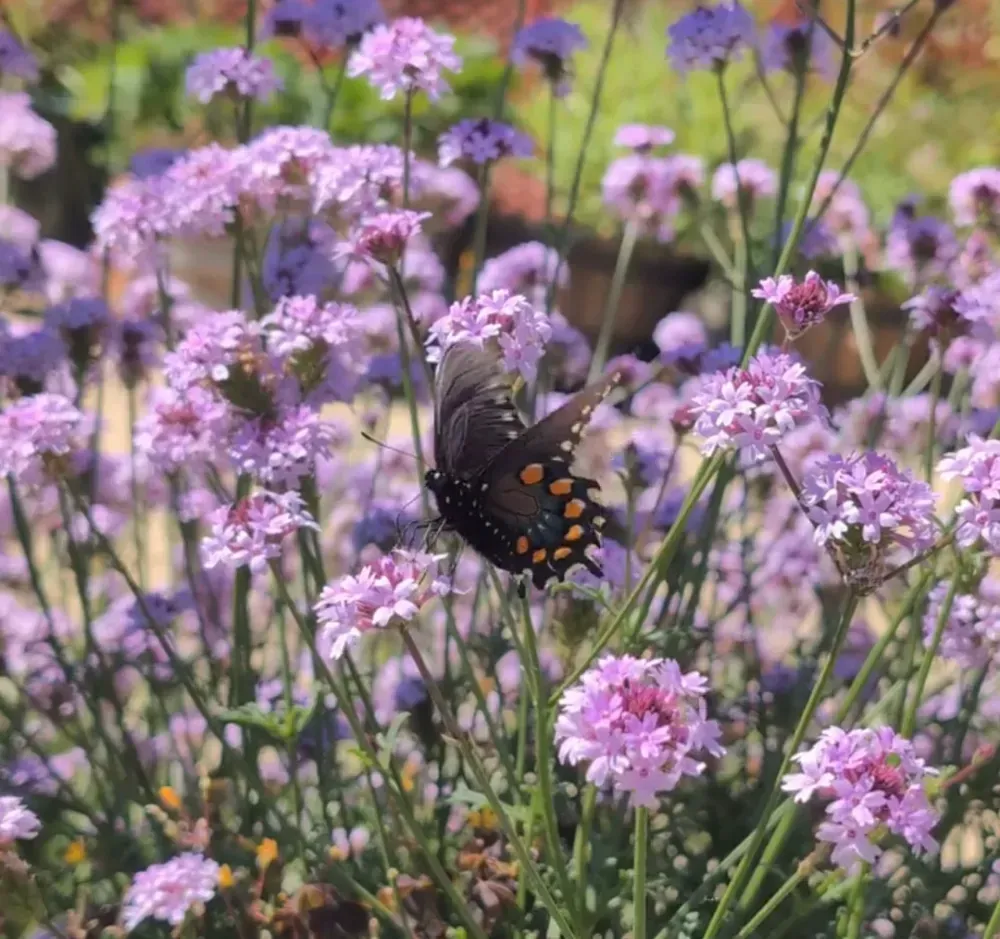
What Makes a Butterfly Meadow?

A butterfly meadow is essentially a combination of nectar-rich flowers and sheltering grasses. In urban gardens, these meadows often attract Monarchs, Swallowtails, and Skippers—important indicator species that will tell you that your meadow is healthy.
If there are specific butterflies you’d love to see in your garden, it’s helpful to know what plants they’re drawn to. The Xerces Society is a fantastic resource with detailed information on butterfly species and the native flowers and grasses they rely on.
How to Create a Butterfly Meadow
Whether you’re starting small or transforming your entire lawn, here’s how we recommend building a butterfly meadow from scratch:
- Start with the soil. Remove any existing lawn or plants. Even a 5’x5’ area is a great place to begin!
- Layer cardboard. Lay down 2–3 layers of cardboard, overlapping the edges to block out weeds.
- Install irrigation. If you're using a drip system, lay the lines right over the cardboard.
- Add compost. Spread about 3 inches of compost over the cardboard.
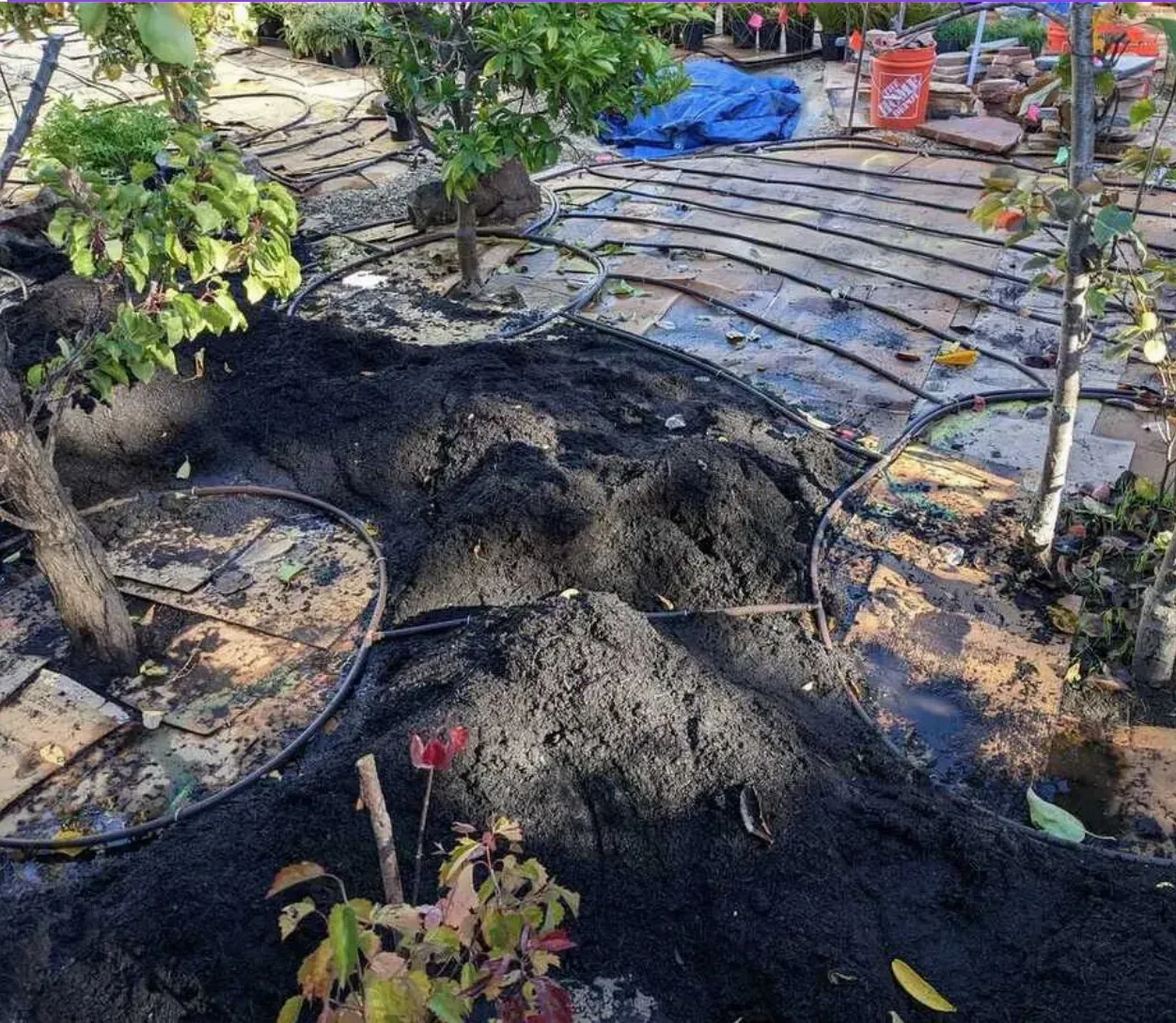
5. Fertilize. Lightly sprinkle with organic fertilizer. We suggest Down to Earth, E. B. Stone, and Fox Farm.
6. Plant live plants. Cut an “X” in the cardboard where you want to plant. Dig your hole, then try to tuck the cardboard back around the plant to suppress weeds.
7. Mulch. Add about 1 inch of ¼” fir mulch around the plants.
8. Planting seeds? You can sow them directly over the clean, ¼” mulch layer—it works beautifully!
9. Water well. Keep your new meadow hydrated, especially in the first few weeks.
10. Enjoy the show. Watch your meadow grow—and delight in the butterflies, bees, and other visitors it welcomes.
